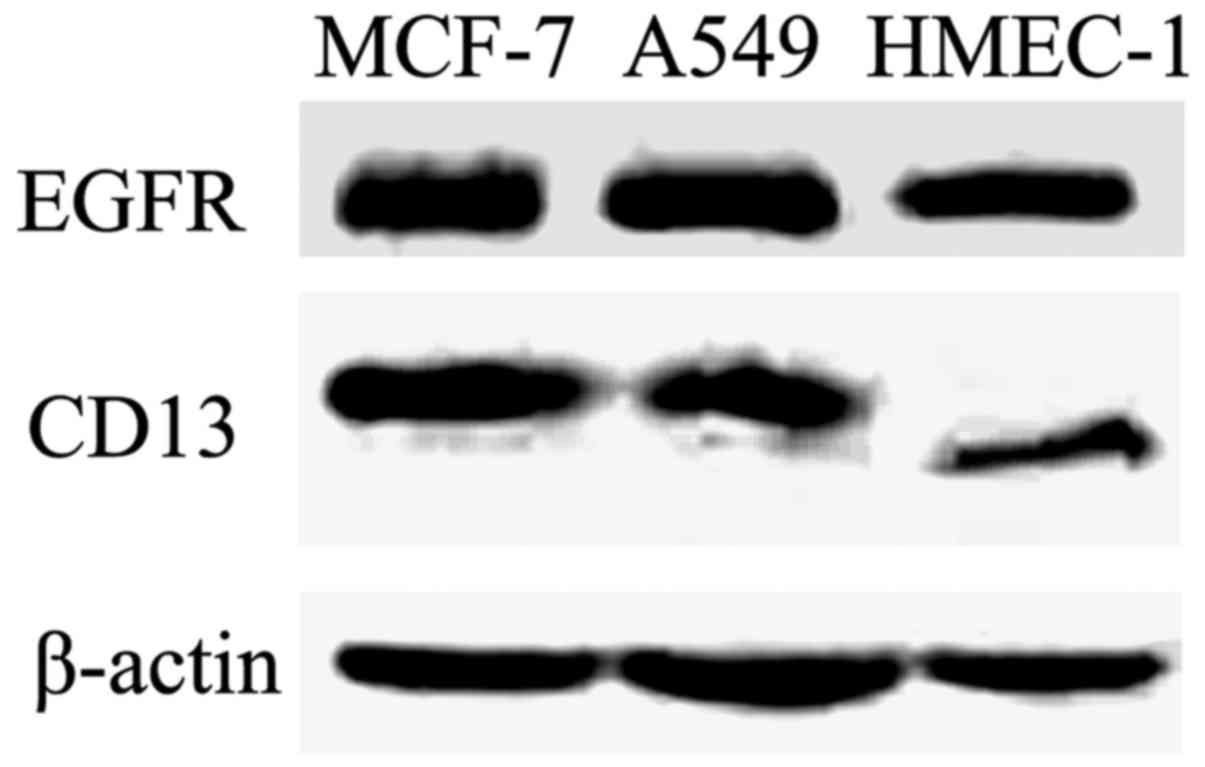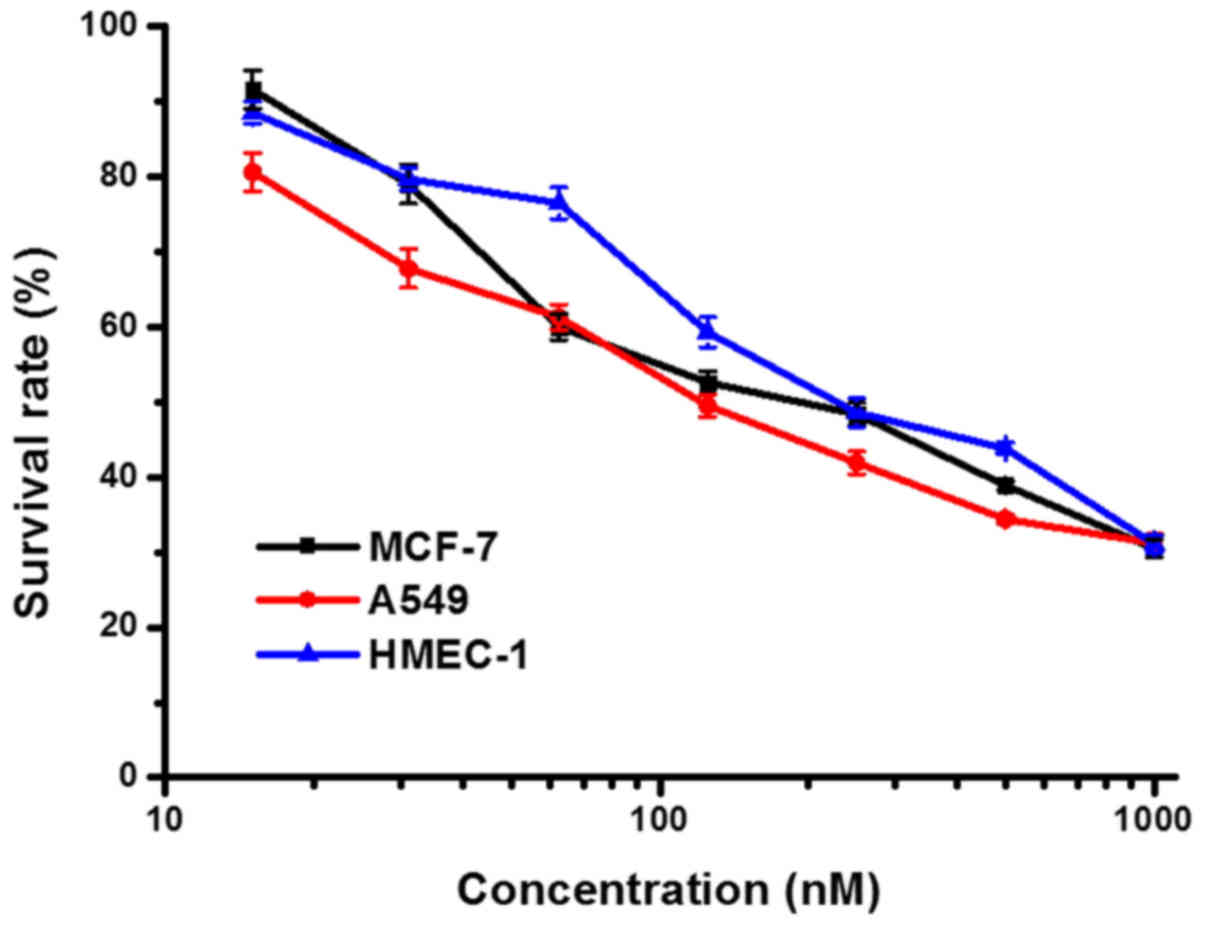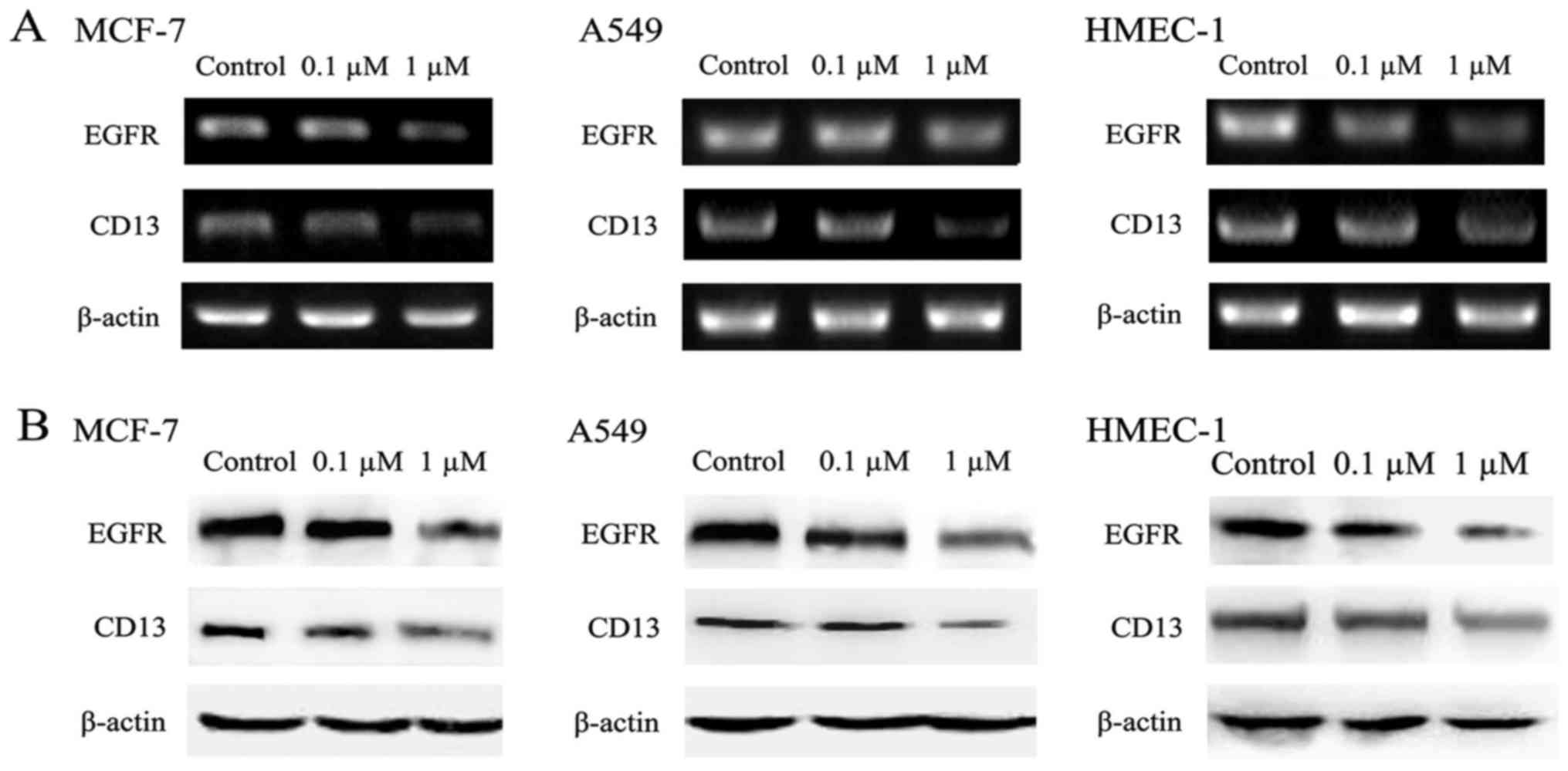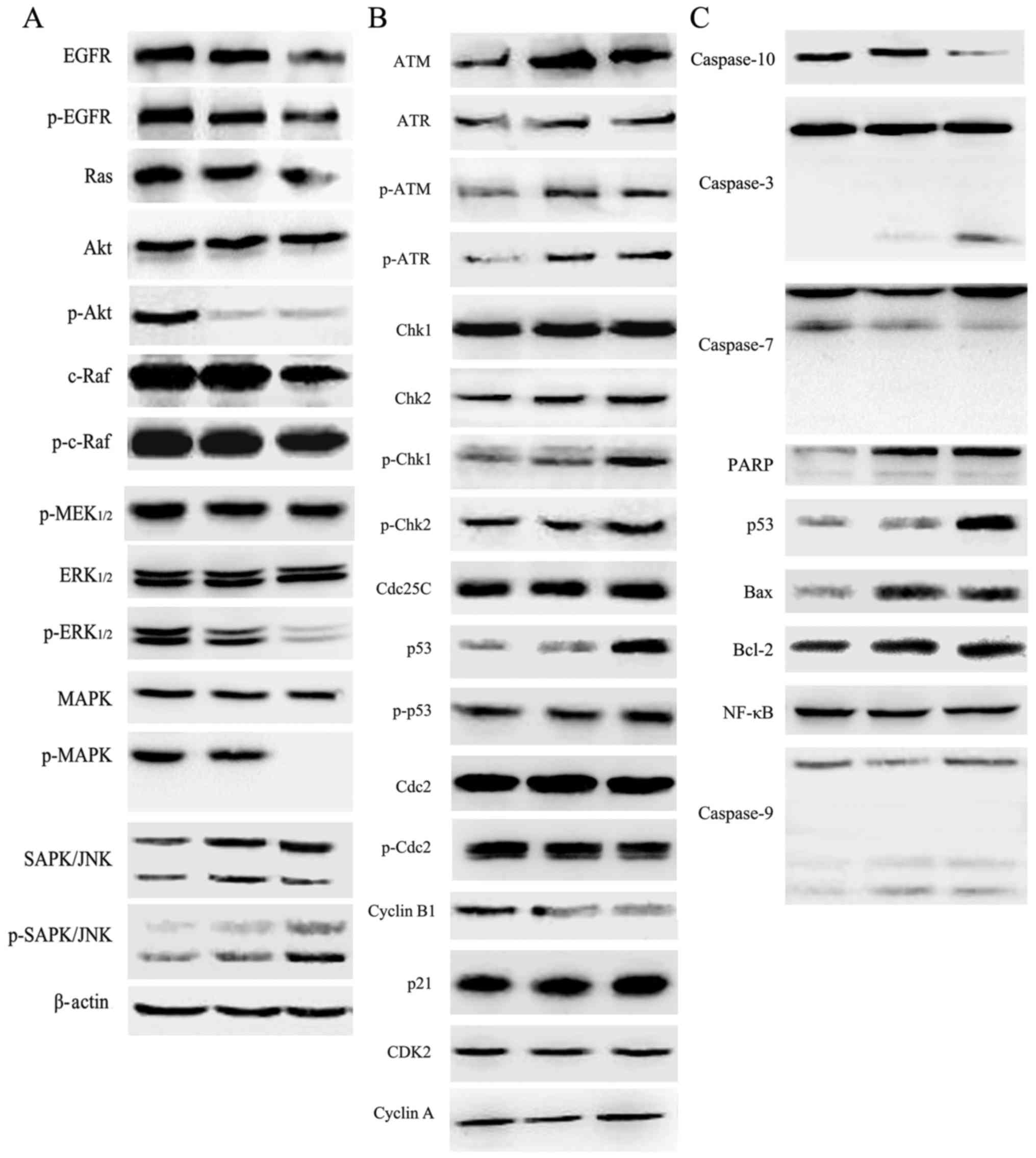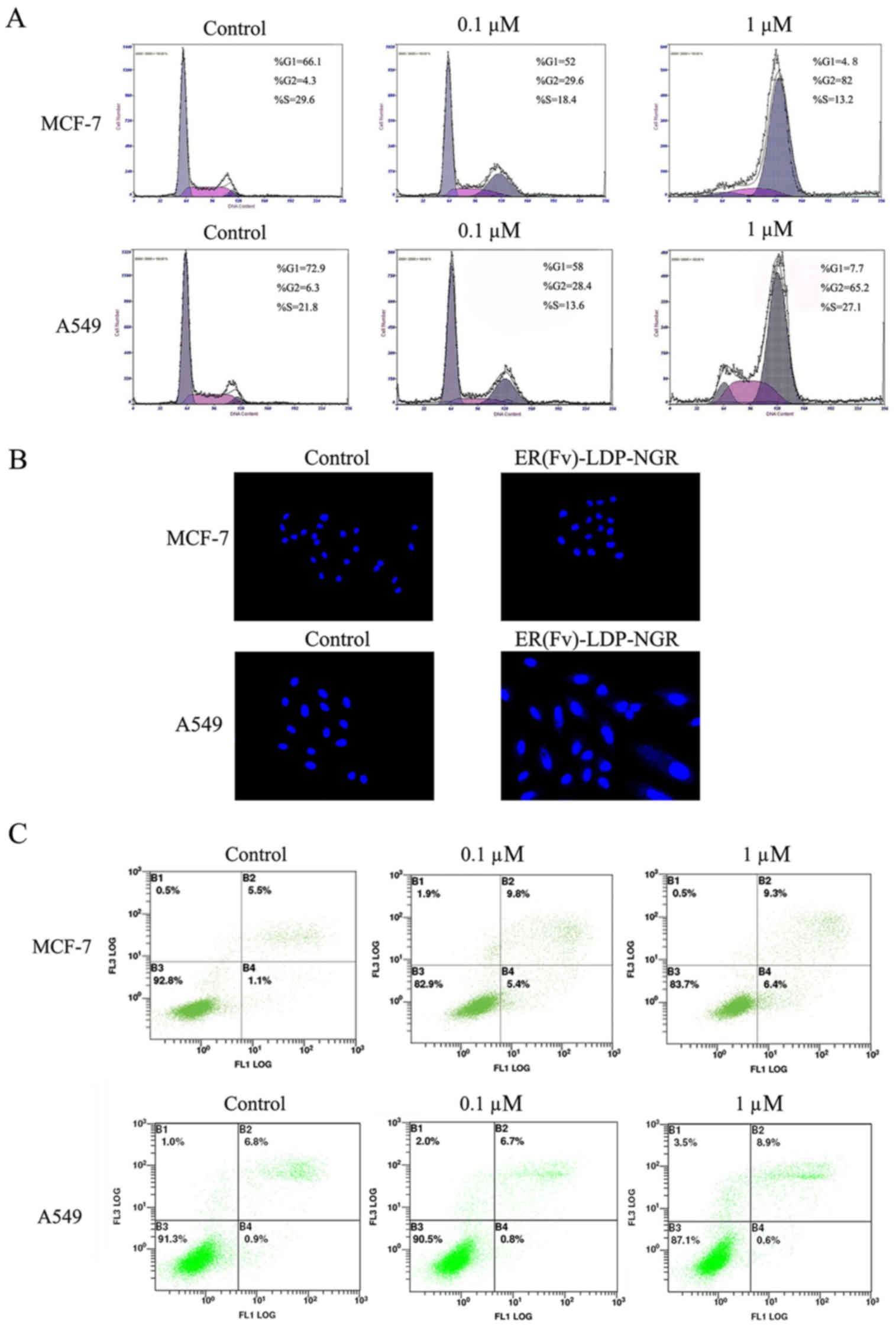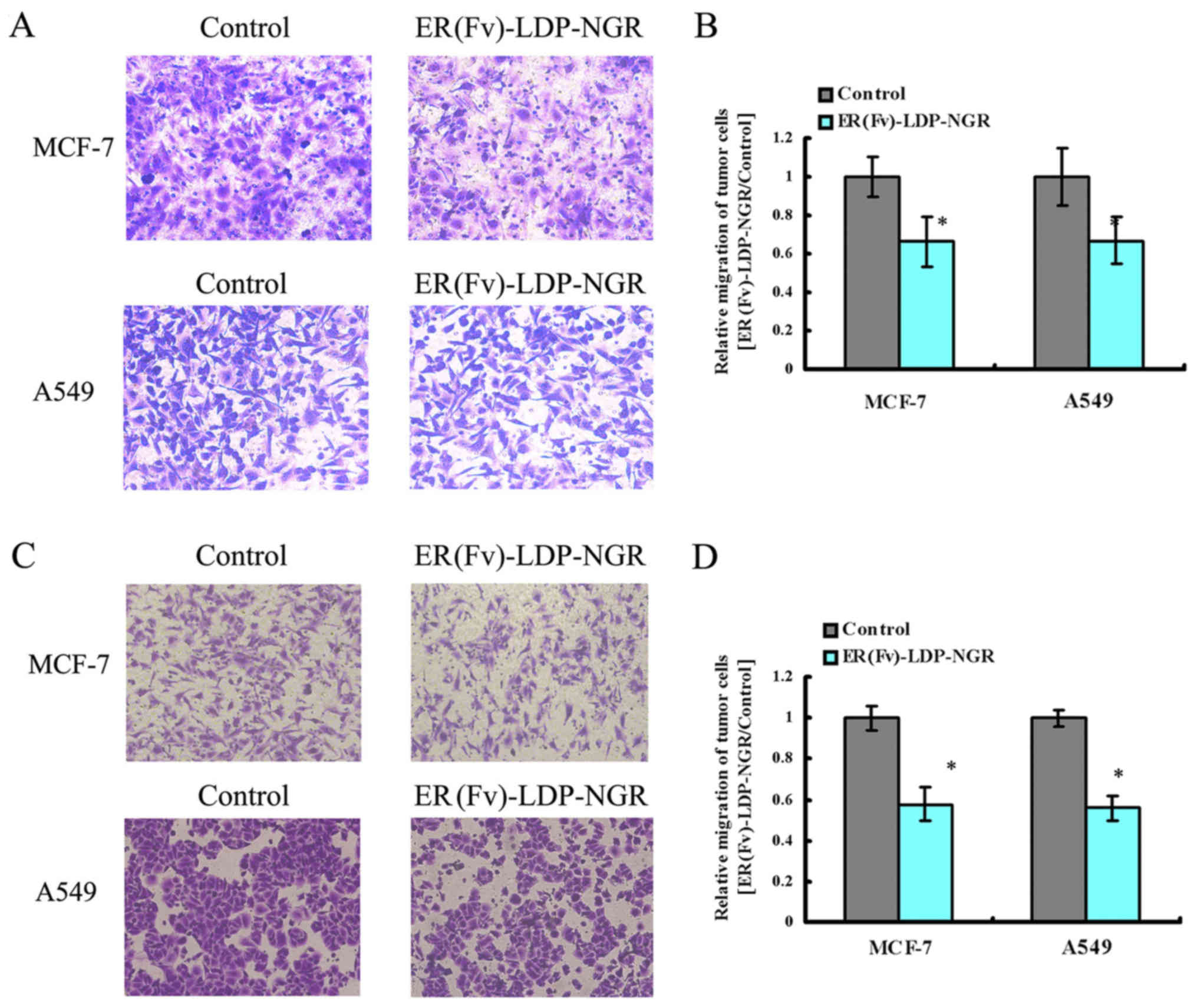|
1
|
Levitzki A: EGF receptor as a therapeutic
target. Lung Cancer. 41:S9–S14. 2003. View Article : Google Scholar : PubMed/NCBI
|
|
2
|
Brand TM, Iida M, Li C and Wheeler DL: The
nuclear epidermal growth factor receptor signaling network and its
role in cancer. Discov Med. 12:419–432. 2011.PubMed/NCBI
|
|
3
|
Fury MG, Xiao H, Sherman EJ, Baxi S,
Smith-Marrone S, Schupak K, Gewanter R, Gelblum D, Haque S, Schoder
H, et al: Phase II trial of bevacizumab + cetuximab + cisplatin
with concurrent intensity-modulated radiation therapy for patients
with stage III/IVB head and neck squamous cell carcinoma. Head
Neck. 38:E566–E570. 2016. View Article : Google Scholar : PubMed/NCBI
|
|
4
|
Han JY, Lee SH, Lee GK, Yun T, Lee YJ,
Hwang KH, Kim JY and Kim HT: Phase I/II study of gefitinib
(Iressa(®)) and vorinostat (IVORI) in previously treated
patients with advanced non-small cell lung cancer. Cancer Chemother
Pharmacol. 75:475–483. 2015. View Article : Google Scholar : PubMed/NCBI
|
|
5
|
Miyauchi E, Inoue A, Kobayashi K, Maemondo
M, Sugawara S, Oizumi S, Isobe H, Gemma A, Saijo Y, Yoshizawa H, et
al: North-East Japan Study Group: Efficacy of chemotherapy after
first-line gefitinib therapy in EGFR mutation-positive advanced
non-small cell lung cancer-data from a randomized Phase III study
comparing gefitinib with carboplatin plus paclitaxel (NEJ002). Jpn
J Clin Oncol. 45:670–676. 2015. View Article : Google Scholar : PubMed/NCBI
|
|
6
|
Thomas MB, Morris JS, Chadha R, Iwasaki M,
Kaur H, Lin E, Kaseb A, Glover K, Davila M and Abbruzzese J: Phase
II trial of the combination of bevacizumab and erlotinib in
patients who have advanced hepatocellular carcinoma. J Clin Oncol.
27:843–850. 2009. View Article : Google Scholar : PubMed/NCBI
|
|
7
|
Janjigian YY, Smit EF, Groen HJ, Horn L,
Gettinger S, Camidge DR, Riely GJ, Wang B, Fu Y, Chand VK, et al:
Dual inhibition of EGFR with afatinib and cetuximab in kinase
inhibitor-resistant EGFR-mutant lung cancer with and without T790M
mutations. Cancer Discov. 4:1036–1045. 2014. View Article : Google Scholar : PubMed/NCBI
|
|
8
|
Tokuhara T, Hattori N, Ishida H, Hirai T,
Higashiyama M, Kodama K and Miyake M: Clinical significance of
aminopeptidase N in non-small cell lung cancer. Clin Cancer Res.
12:3971–3978. 2006. View Article : Google Scholar : PubMed/NCBI
|
|
9
|
Ranogajec I: Gelatinase (MMP-2, MMP-9) and
Aminopeptidase N/CD13 in Breast Carcinoma. LAP Lambert Academic
Publishing; 2014
|
|
10
|
Nohara S, Kato K, Fujiwara D, Sakuragi N,
Yanagihara K, Iwanuma Y and Kajiyama Y: Aminopeptidase N (APN/CD13)
as a target molecule for scirrhous gastric cancer. Clin Res Hepatol
Gastroenterol. 40:494–503. 2016. View Article : Google Scholar : PubMed/NCBI
|
|
11
|
Saiki I, Fujii H, Yoneda J, Abe F,
Nakajima M, Tsuruo T and Azuma I: Role of aminopeptidase N (CD13)
in tumor-cell invasion and extracellular matrix degradation. Int J
Cancer. 54:137–143. 1993. View Article : Google Scholar : PubMed/NCBI
|
|
12
|
Fukasawa K, Fujii H, Saitoh Y, Koizumi K,
Aozuka Y, Sekine K, Yamada M, Saiki I, Nishikawa K, et al:
Aminopeptidase N (APN/CD13) is selectively expressed in vascular
endothelial cells and plays multiple roles in angiogenesis. Cancer
Lett. 243:135–143. 2006. View Article : Google Scholar : PubMed/NCBI
|
|
13
|
Sheng W, Shang Y, Li L and Zhen Y: An
EGFR/CD13 bispecific fusion protein and its enediyne-energized
analog show potent antitumor activity. Anticancer Drugs. 25:82–91.
2014. View Article : Google Scholar : PubMed/NCBI
|
|
14
|
Oh S, Ohlfest JR, Todhunter DA, Vallera
VD, Hall WA, Chen H and Vallera DA: Intracranial elimination of
human glioblastoma brain tumors in nude rats using the bispecific
ligand-directed toxin, DTEGF13 and convection enhanced delivery. J
Neurooncol. 95:331–342. 2009. View Article : Google Scholar : PubMed/NCBI
|
|
15
|
Zhang FL, Huang Q, Liu JY, Huang MD and
Xue JP: Molecular-target-based anticancer photosensitizer:
Synthesis and in vitro photodynamic activity of erlotinib-zinc(II)
phthalocyanine conjugates. ChemMedChem. 10:312–320. 2015.
View Article : Google Scholar : PubMed/NCBI
|
|
16
|
Kaneko T, Fusauchi Y, Kakui Y, Masuda M,
Akahoshi M, Teramura M, Motoji T, Okumura K, Mizoguchi H and Oshimi
K: A bispecific antibody enhances cytokine-induced killer-mediated
cytolysis of autologous acute myeloid leukemia cells. Blood.
81:1333–1341. 1993.PubMed/NCBI
|
|
17
|
Sheng WJ, Shang BY, Miao QF and Zhen YS:
Construction of a single-chain Fv antibody against epidermal factor
receptor and its antitumor activity. Chung Kuo Yao Hsueh Tsa Chih.
46:1393–1398. 2011.(In Chinese).
|
|
18
|
Colombo G, Curnis F, De Mori GM, Gasparri
A, Longoni C, Sacchi A, Longhi R and Corti A: Structure-activity
relationships of linear and cyclic peptides containing the NGR
tumor-homing motif. J Biol Chem. 277:47891–47897. 2002. View Article : Google Scholar : PubMed/NCBI
|
|
19
|
Curnis F, Sacchi A, Borgna L, Magni F,
Gasparri A and Corti A: Enhancement of tumor necrosis factor alpha
antitumor immunotherapeutic properties by targeted delivery to
aminopeptidase N (CD13). Nat Biotechnol. 18:1185–1190. 2000.
View Article : Google Scholar : PubMed/NCBI
|
|
20
|
Jiang W, Jin G, Ma D, Wang F, Fu T, Chen
X, Chen X, Jia K, Marikar FM and Hua Z: Modification of cyclic NGR
tumor neovasculature-homing motif sequence to human plasminogen
kringle 5 improves inhibition of tumor growth. PLoS One.
7:e371322012. View Article : Google Scholar : PubMed/NCBI
|
|
21
|
Yang JL, Qin Y, Li L, Cao CY, Wang Q, Li
Q, Lv YF and Wang Y: Apoptotic melanoma B16-F1 cells induced by
lidamycin could initiate the antitumor immune response in BABL/c
mice. Oncol Res. 23:79–86. 2016. View Article : Google Scholar
|
|
22
|
Tang X, Dai H, Zhu Y, Tian Y, Zhang R, Mei
R and Li D: Maytansine-loaded star-shaped folate-core PLA-TPGS
nanoparticles enhancing anticancer activity. Am J Transl Res.
6:528–537. 2014.PubMed/NCBI
|
|
23
|
Burns KE, Robinson MK and Thévenin D:
Inhibition of cancer cell proliferation and breast tumor targeting
of pHLIP-monomethyl auristatin E conjugates. Mol Pharm.
12:1250–1258. 2015. View Article : Google Scholar : PubMed/NCBI
|















